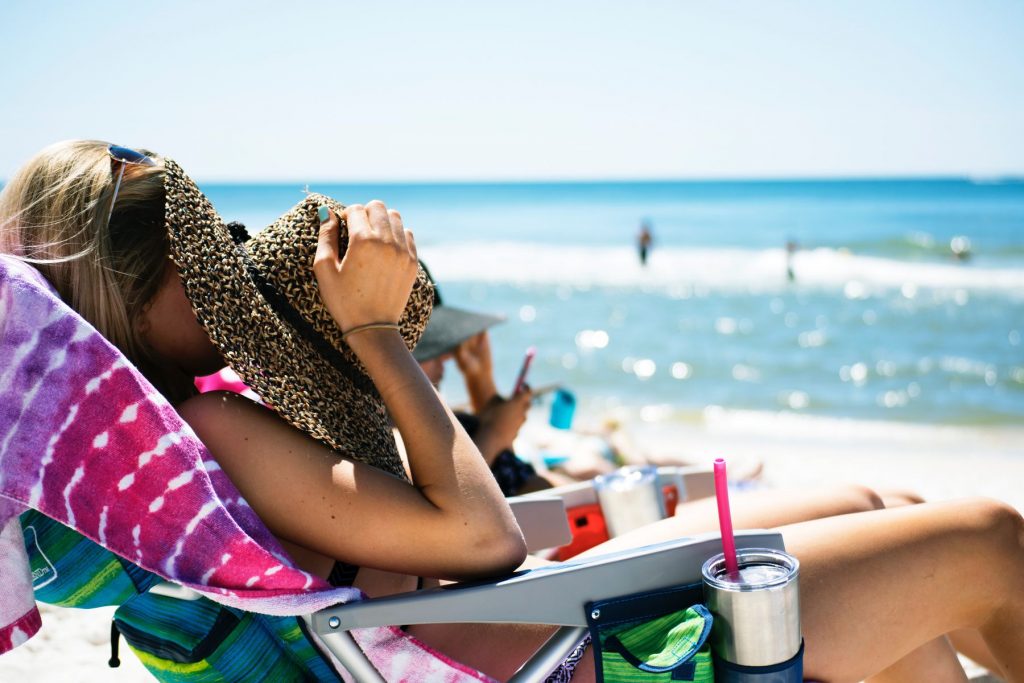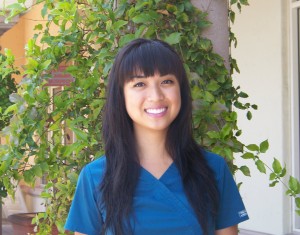“Mirror, Mirror, on the wall, who is the fairest of them all?”
When was the last time you heard somebody in Orange County brag about how fair their skin was? It probably was not any time recently, however once upon a time, a tan was not as desired as it is now. In order to maintain a naturally pearly complexion, people wanted to avoid contact with direct sunlight. Then, in 1923, Coco Chanel was accidentally sunburnt, while embarking on a vacation through the French Riviera, and upon later arriving in Cannes was photographed with a golden glow. From that point on, fashion focused on obtaining that coveted tan. However, beauty comes with a price. While sunlight provides our bodies with Vitamin D, excessive exposure to ultraviolet (UV) rays can be very harmful to our health, increasing the probability for skin cancer. If tanning is dangerous, then what other options do we have in radiating a sunkissed appearance?
The Liabilities of Lying Out
20 minutes of sunshine without sunblock is surprisingly beneficial to our health, because of the necessity to synthesize Vitamin D. Furthermore, recent studies have shown that some sun exposure can help lower blood pressure, therefore reducing the risk of heart attack and stroke. However, after those 20 minutes, you need to lather on the sunscreen. SPF 30 is sufficient enough to protect your skin from harmful rays. Still, limit your time under the sun, because excessive sun exposure can cause sun poisoning or third-degree burns, and just five sunburns can double the probability of getting skin cancer.
Tanning Beds are Bad!
Tanning beds generate a concentration of UV A and/or UV B rays. The effects of these rays trigger melanocytes and produce deeper skin pigmentation. The problem with this, however, is how the use of tanning beds — especially before the age of 35 — increases the probability of melanoma, which is one of the deadliest forms of skin cancer. The Food and Drug Administration (FDA) requires tanning salon customers to sign liability waivers to inform them of the potential harmful effects tanning beds may cause. Furthermore, use of tanning beds ages the skin at an accelerated rate, causing wrinkles and a leather-like skin texture. In addition, Pterygiums, a lesion in the eye, may also start to develop, and although it is not cancerous, eye cancer is still a probability.
Are Tanning Products Trustworthy?
From spray tans to lotions, there are numerous self-tanners available on the market. Most of these products contain dihydroxyacetone (DHA). In the 1970’s, the FDA approved the use of DHA as a cosmetic component to treat color deficiency in the skin. While the chemical appears harmless, no long term studies — which require a higher degree of exposure to DHA — have been conducted. If you are pregnant or immune-compromised, see a physician before beginning any tanning regiment.
Take After the Aussies
In the 1990’s the Australian government took on a national task in an attempt to decrease the development of skin cancer amongst their citizens. Fair skin was made fashionable, by using lighter- complexioned models for marketing campaigns. During a visit to the beach, UV reflecting clothing and sunblock were provided, and the use of umbrellas became the norm. Australia still remains the only country with a declined rate in skin cancer, while America’s numbers continue to climb at level higher than ever. Perhaps, we should take after the Aussies and love the skin we are in.
Sources:
www.coolibar.com/custserv/custserv.jsp?pageName=australian-experience
www.guardian.co.uk/commentisfree/2012/feb/19/history-of-tanning
www.tele-management.ca/2013/07/health-tips-is-self-or-sunless-tanner-safe-during-pregnancy/
The information provided is for general interest only and should not be misconstrued as a diagnosis, prognosis or treatment recommendation. This information does not in any way constitute the practice of medicine, or any other health care profession. Readers are directed to consult their health care provider regarding their specific health situation. Marque Medical is not liable for any action taken by a reader based upon this information.


